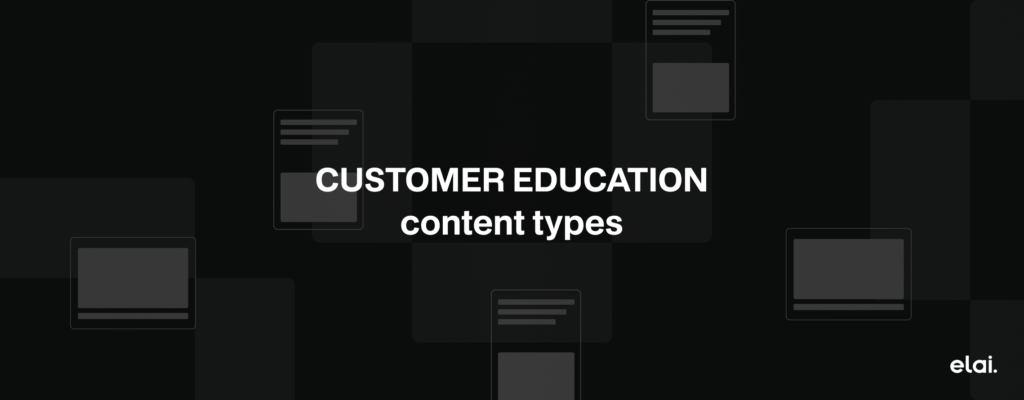Customer Education is one of the most important company’s successful practices of engaging client to its products or services. By implementing a well-thought customer education strategy, a company should notice a decrease in support costs, and an increase in customers’ satisfaction, and their loyalty. There are a few types of customer education content, the most effective ones of which will be discussed in this article.
1. Webinars and Live Demos
Webinars and live demos offer real-time interaction with customers. These sessions can cover product features, and use cases, and answer customer questions on the spot.
Benefits
- Interaction: Customers can ask questions and get immediate answers.
- Demonstrations: Live demos can showcase product functionality in real-time.
- Engagement: Live sessions create a sense of community and engagement.
Best Practices
- Schedule sessions at times convenient for your audience.
- Record webinars for customers who cannot attend live.
- Promote interactivity by encouraging questions and discussions.
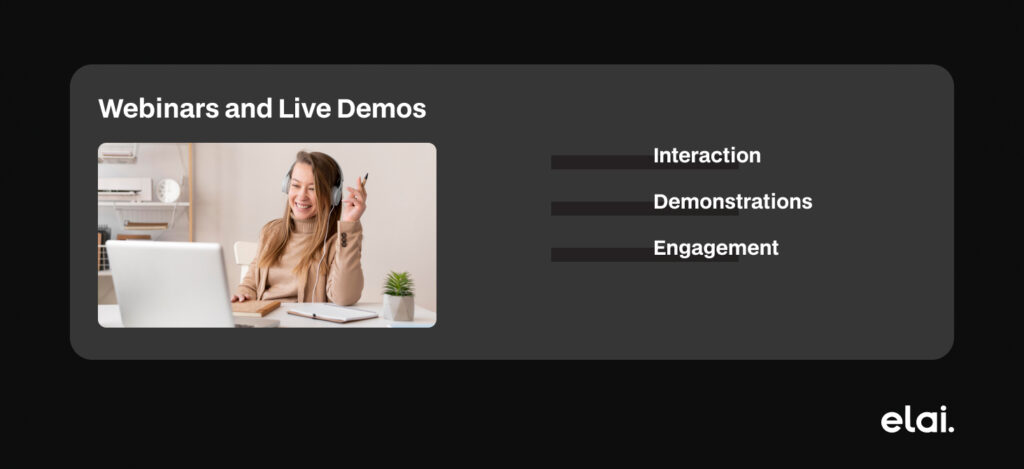
2. Written Guides and Manuals
Written guides and manuals are traditional but essential forms of customer education. They provide detailed information and instructions on using products or services.
Benefits
- Detail: Written content can cover topics in-depth.
- Searchability: Customers can easily search for specific information.
- Reference: Written guides serve as a handy reference that customers can return to as needed.
Best Practices
- Make sure your terminology is precise and succinct.
- Use bullet points, subheadings, and headings to arrange your text.
- To improve comprehension, include images like screenshots and diagrams.
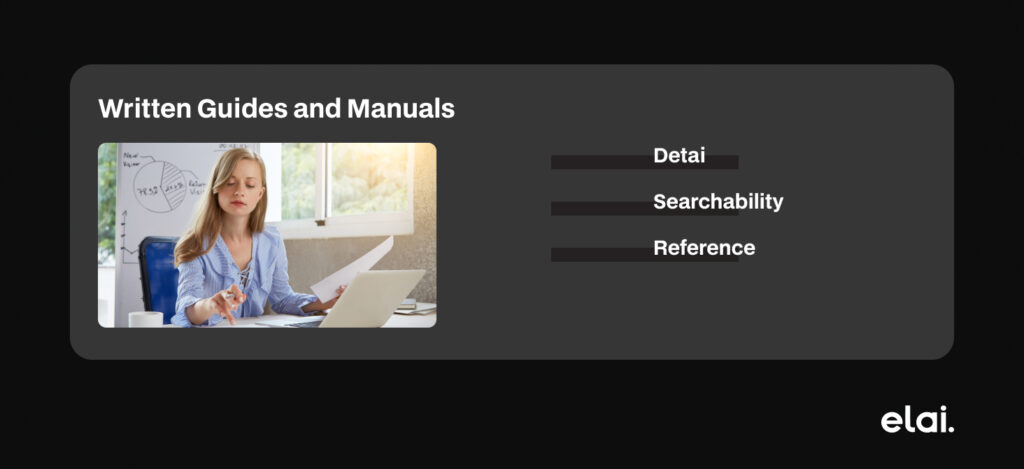
3. Digital academies
On dedicated platforms, you can have all the instructional materials, FAQs and knowledge bases as collections of step-by-step guides, commonly asked questions and their answers. They provide quick, on-demand information for customers seeking immediate help.
Benefits
- Convenience: Without calling assistance, customers can rapidly find solutions.
- Comprehensiveness: A well-kept knowledge base has the capacity to cover a large number of subjects.
- Searchability: Users can easily search for specific issues or questions.
Best Practices
- Regularly update content to ensure accuracy and relevance.
- Organize FAQs by categories for easy navigation.
- Include a search function to help users find information quickly.
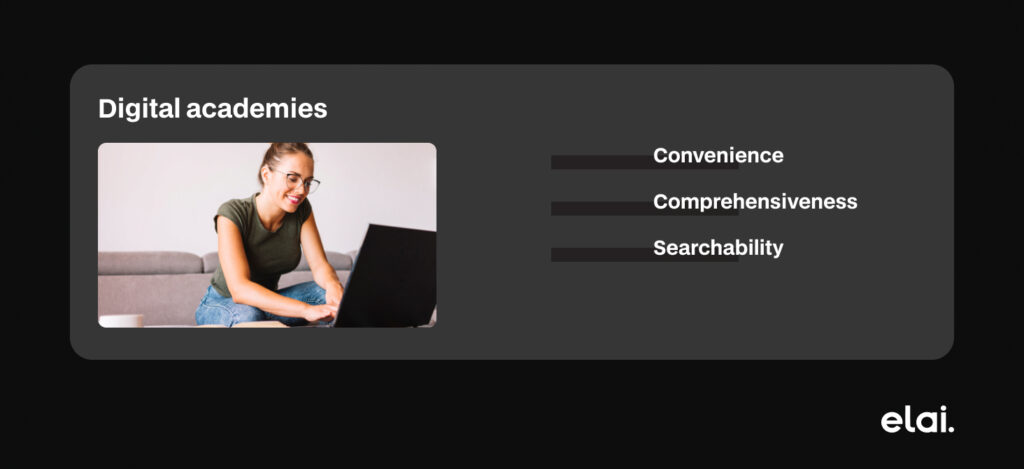
4. Community Forums and User Groups
People can share expertise, ask for help, learn from one another, and discuss ideas with other users in online community forums.
Benefits
- Community Building: Forums foster a sense of community among users.
- Peer Support: Customers can get help from others who have the same experiences and faced similar challenges.
- Continuous Learning: Users can benefit from the collective knowledge of others.
Best Practices
- Moderate forums to ensure helpful and respectful interactions.
- Encourage experienced users to contribute and share their knowledge.
- Use forums to gather feedback and insights for improving products and services.
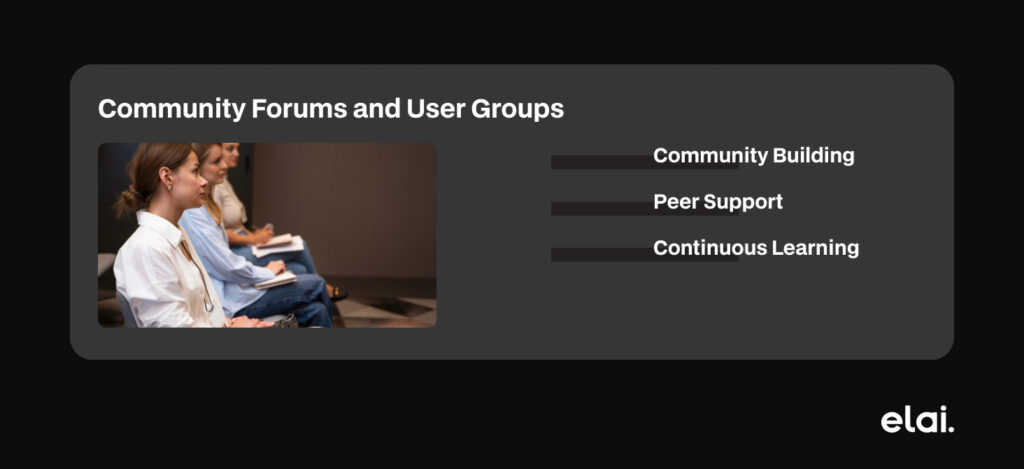
5. Instructional Materials
Instructional materials, such as clickable tips on a website or popups are effective in educating customers. They can demonstrate product features, show step-by-step processes, and provide visual learning experiences.
Benefits
- Engagement: Clickable elements are more engaging than text, making it easier to capture and retain customer attention.
- Clarity: Complex instructions can be explained more clearly through visual demonstrations.
- Accessibility: Materials are normally accessible for the whole customer experience with a product, allowing customers to learn at their own pace.
Best Practices
- Keep the materials short and focused.
- Use clear visuals and concise wording.
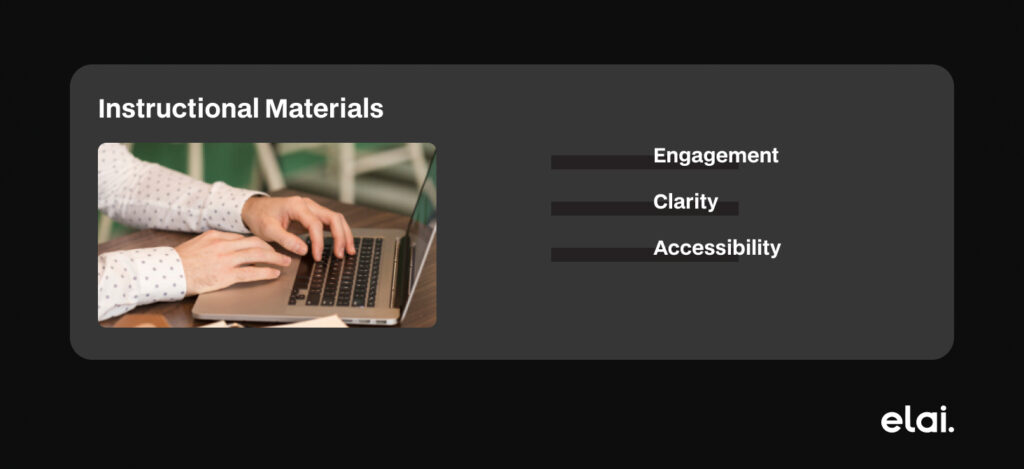
6. AI-Powered Interactive Videos
AI-powered interactive videos, such as those offered by Elai.io, enhance customer education by providing personalized and engaging learning experiences through AI avatars.
Benefits
- Personalization: AI avatars can tailor content based on user preferences and learning progress.
- Scalability: These videos can deliver consistent training to a large audience simultaneously in 75+ languages.
- Engagement: Interactive elements and quizzes with real-time feedback keep users engaged and motivated.
Best Practices
- Use AI to personalize content and make it relevant to individual users.
- Incorporate interactive elements like quizzes and feedback.
- Regularly update content to keep it current and effective.
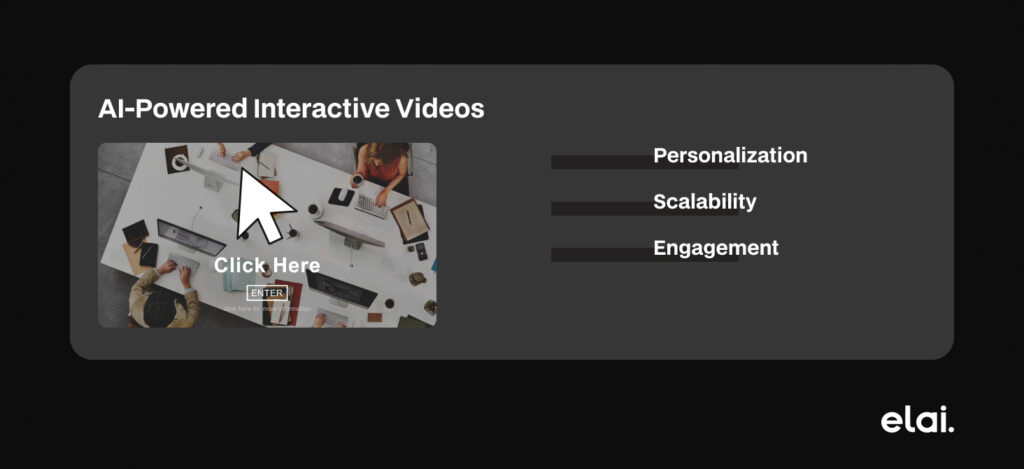
Conclusion
An effective mix of content types such as instructional videos, webinars, written guides, interactive tutorials, FAQs, as well as forums and AI-powered videos extends the flexibility of customer education and may successfully cater to different learning types and needs. In addition to enhancing customer satisfaction and loyalty, the latter approach also results in reduced support costs and greater business success. By knowing and applying various customer education content types companies may be sure that their customers are adept at making the best use of their products and services.
